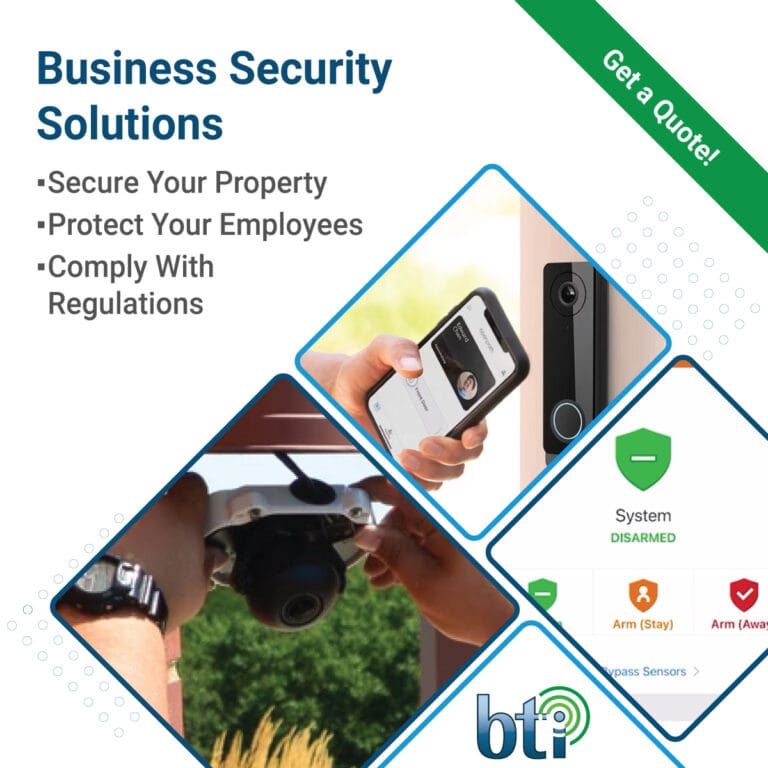RFID chips are part of our daily lives. Your cards, passport, implanted medical records, and even your grocery goods utilize this technology in an effort to make your life increasingly easier and more convenient. That’s why RFID hacking is a common method used by hackers when trying to get a hold of your sensitive information.
Do you want to know how to protect yourself against RFID attacks and how to avoid them? Keep reading!
What is RFID?
RFIDs or Radio Frequency Identification enable short-range communication between RFID-enabled data chips and readers. These chips are commonly found in employee badges or credit cards, while readers are used for electronic access control or credit card processing, and together these technologies streamline data transfer and enhance convenience.
Nowadays, RFID technology is applied in a wide range of applications including:
- Access control solutions
- Contactless credit cards
- Employees IDs
- Inventory tracking
- Toll collection
- Security applications
RFIDs are widely used in our daily tasks, that is why RFID hacking is becoming increasingly common and one of the primary targets for bad actors.
Types of RFID Tags
There are 2 main types of RFID chips
Passive Tags
Passive Radio Frequency Identification (RFID) tags require a radio signal emitted by the receiver in order to read them. Due to this, they operate within a limited distance and are not capable of transmitting large amounts of data. Examples of RFID tags can be seen in credit cards and door passes.
Active Tags
Active tags, on the other hand, have on-board batteries that allow them to actively transmit data over longer distances. Additionally, they can transmit a greater amount of data compared to passive tags. An example of active tags is toll passes mounted in cars. These tags enable convenient and efficient data transmission, making them an essential component in various applications.
RFID Hacking: How do RFID Attacks Work?
The same feature that allows RFID tags to be a convenient tool for its users is the same feature that makes RFID hacking a very profitable practice for bad actors. The ability to work from a distance.
Usually, RFID attacks fall under one of the following categories.
- Active Jamming
- Copying Credentials
- Eavesdropping
- Long Distance Information Capture
- Reverse Engineering
- Power Analysis
Types of Attacks in RFID Tags
Criminals use multiple techniques to achieve RFID hacking. The most common techniques include:
Active Jamming
RFID cards and tags can be rendered useless by hackers who generate a stronger signal than the RFID reader. This not only disrupts inventory tracking but also causes chaos by blocking access with ID cards.
Copying Credentials
Once the hacker collects the information, the next step is to clone or spoof the captured cards. This creates a cloned card with an identical digital ID profile to the original, granting the hacker the same authorization and level of access.
These RFID attacks allow hackers to enter restricted areas and wreak havoc at will.
Eavesdropping
Eavesdropping consists of utilizing an antenna to intercept and record the communications between tags and readers. This RFID hack allows the hacker to gather critical data on how and when RFID tags are used to plan a more structured and dangerous attack, later making this RFID attack one of the most dangerous and difficult to detect.
Long Distance Information
In this RFID hack, criminals build an RFID scanner to silently steal the credentials of anyone who passes by. Usually, hackers will hide their RFID scanner in areas where they know that you or your employees hang around like a bus stop or a restaurant.
Reverse Engineering
RFID tags and readers can be reverse engineered, but doing so requires extensive knowledge of protocols and features. Hackers would dismantle the chip to understand its functioning and obtain data from the IC.
Power Analysis
By closely monitoring the power consumption levels of RFID tags, hackers can fool your systems. With some ingenuity and a cell phone bad actors can perform an RFID hack that will steal sensitive information or breach secured areas.
Initially, experts stumbled upon this technique while investigating the power emission levels in smart cards. One particular variation caught their attention – the disparity in power levels between a correct passcode and an incorrect one.
How To Prevent RFID Hacking
RFID Hacking is difficult to detect, but having comprehensive security solutions will allow you to effectively avoid RFID attacks.
Implementing Physical Security Solutions
Choose Passive RFID Tags Instead of Active RFID tags
Passive RFIDs need to be close to a reader in order to work because their signal is weaker when compared to active tags. This makes passive RFID tags harder to hack because bad actors need to be close to collect information from a passive tag.
Choose Quality, Not Quantity
Investing in secure RFID cards is a worthy investment. Try to look for cards that use data encryption to ensure that you have an extra layer of protection and avoid RFID hacking.
Invest in RFID Blockers
One of the easiest ways to prevent RFID hacking is to invest in badges and wallets that block RFID signals. RFID blockers prevent both scanners and legitimate readers from scanning your card so using it off-premises is the perfect way to ensure your credentials are safe and secure, making it an effective RFID eavesdropping countermeasures.
However, a layered
Penetration Testing
Combine RFID Cards with Effective Security Protocols
BTI: The converged security Solutions Provider Near Me
Whether you need help getting RFID cards or implementing the best solutions against RFID hacking for the best price, we are here to help. BTI has more than 35+ years of experience providing business security systems to small businesses and enterprise level organizations.
Are you ready to take your business security to the next level? Contact us today and schedule a free business assessment!









